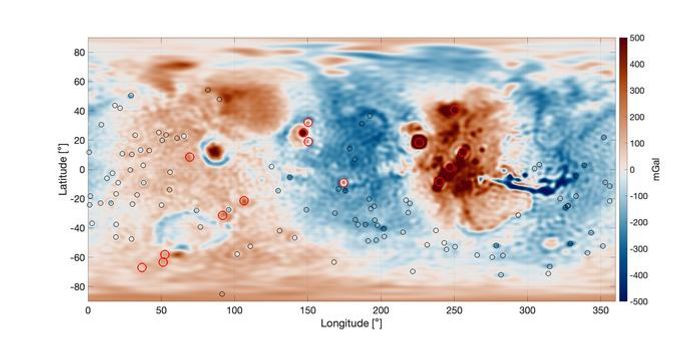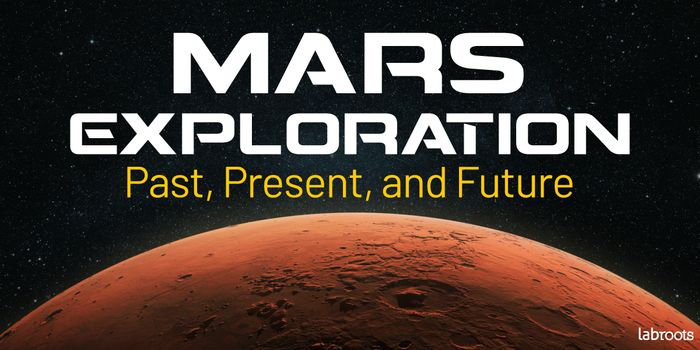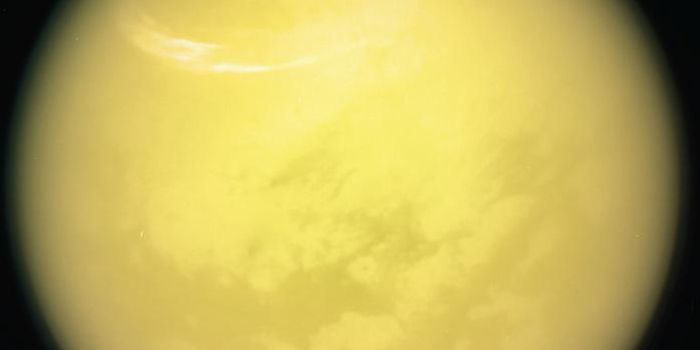Everything You Need to Know About Solar Orbiter
The Sun is something you see every day when you look up at the daytime sky, but despite residing right in plain sight, there’s still so much about the Sun that we still don’t fully understand. That’s why both NASA and the European Space Agency are preparing to launch a new mission called the Solar Orbiter.
The Solar Orbiter spacecraft will, much like the Parker Solar Probe, get up close and personal with the Sun to study it in great detail. Solar Orbiter, however, will differentiate from other missions by attempting to break free of the Sun’s ecliptic plane, a feat that will enable it to photograph our star’s North and South poles, which is something that hasn’t been accomplished before.
Solar Orbiter will use its suite of powerful sensors and onboard computing in an attempt to answer questions about the Sun’s magnetic field and coronal mass ejections. Moreover, it will attempt to decode the Sun’s 11-year cycle, something that has long stumped scientists in the field.
Solar Orbiter has substantially more instruments than the Parker Solar Probe due to its sheer size, but it will not as get close to the Sun as the latter. For that reason, it will work together with the Parker Solar Probe to ascertain important details about the Sun, and scientists will need to synergize data from both spacecraft to develop a bigger picture.








